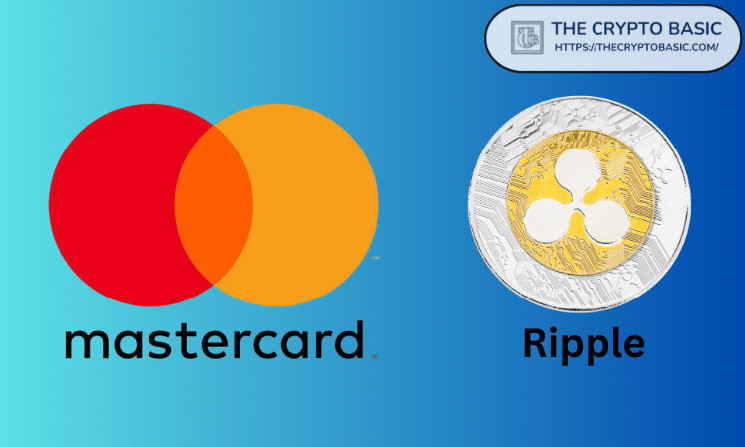Renowned payment processor Mastercard has recognized crypto-based payment giant Ripple among the leading entities shaping payment solutions in Latin America.
This recognition of Ripple’s effort came in a recent publication by Mastercard. The report explored the future of remittances in Latin America from the angles of digitalization, diverse payment channels, and the importance of strategic partnerships.
Pseudonymous XRP community figure WrathofKahneman called attention to this development in a recent post on X.
#Ripple cited a few times in the new MasterCard report, “The future of remittances in Latin America: Digitalization, multiple rails, & the strategic role of partnerships” as an example of blockchain in remittances & CBDCs. #XRP not directly mentioned.
1/3https://t.co/6Wj2xOh73b— WrathofKahneman (@WKahneman) March 25, 2024
The Remittance Landscape
In the report, Mastercard emphasized that remittances, commonly called cross-border payments, have a more profound impact on individuals’ financial well-being than other areas of financial services.
It cited the United Nations’ Sustainable Development Goals (SDGs), which recognize remittances as a crucial lifeline for families and communities. Mastercard stressed their significance, particularly in low and middle-income nations.
Specifically, the report cited that approximately 800 million people worldwide, or roughly one out of ten, reside in households that receive international remittances.
The researchers noted that these funds are pivotal in enabling recipients to invest in financial and tangible assets, such as savings or small businesses. In turn, it contributes to the development and prosperity of families and communities.
Meanwhile, the report pointed out that the dynamics of remittances are also significant in Latin America, not limited to low and middle-income nations.
Specifically, it highlighted the U.S. neighbor Mexico as the largest remittance route globally. Mexico witnessed a staggering volume of $56 billion in 2022.
Furthermore, the report pointed out that for economically disadvantaged nations, remittances can constitute over 30% of their national GDP, as evidenced in Honduras.
Challenges of Remittance Services
However, the Mastercard report highlighted that despite the significant volume and beneficial impact of cross-border payments, users encounter considerable challenges that impede access to formal remittance channels.
It cited high fees and costs, reliance on cash transactions, concerns regarding trust and security, and inadequate digital user experiences.
Ripple Solution Recognized
In light of these challenges, the Mastercard research team identified technology firms championing various solutions to tackle the obstacles in remittance processes. They recognized blockchain technology as a novel solution in this domain.
In particular, Mastercard acknowledged the contributions of Ripple, Stellar, and Circle in enhancing speed and transparency in international money transfers.
Moreover, the report recognized Ripple’s partner, SBI Remit, which uses XRP to manage cross-border transactions. Last September, SBI Remit commenced XRP-based remittance services in three Asian countries.
Besides, Mastercard also spotlighted Ripple’s efforts in helping countries like Palau leverage central bank digital currencies (CBDCs) to ease payment services.
Remittance Market Projection
According to data from the World Bank, formal inbound cross-border payments surpassed $831 billion globally in 2022. In the same year, these remittances amounted to $146 billion in Latin America alone. The figure marks a staggering 25-fold increase over the past three decades.
Mastercard noted that by 2026, the global market share of digital remittances is expected to reach over $550 billion. This represents an annual growth rate of 8% from 2022 to 2026. On the other hand, Ripple expects the cross-border payment market to reach $250 trillion by 2027.

